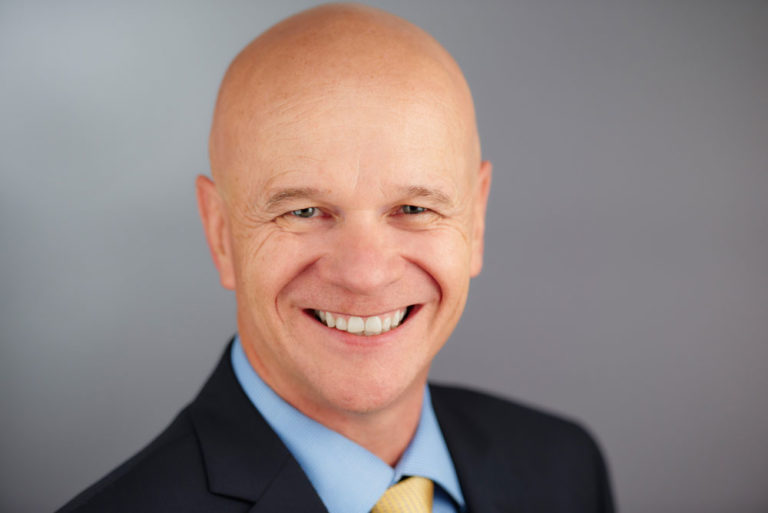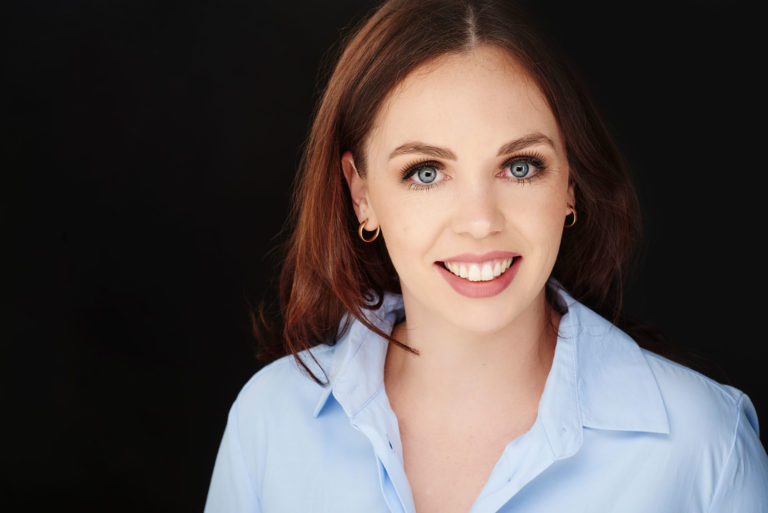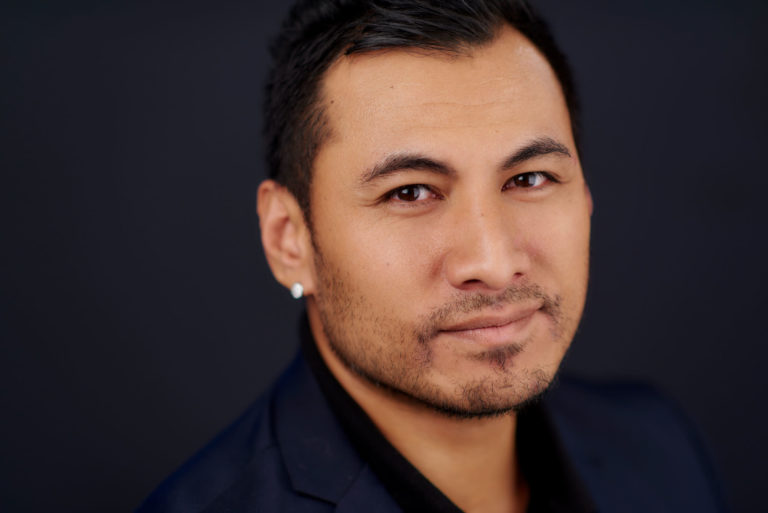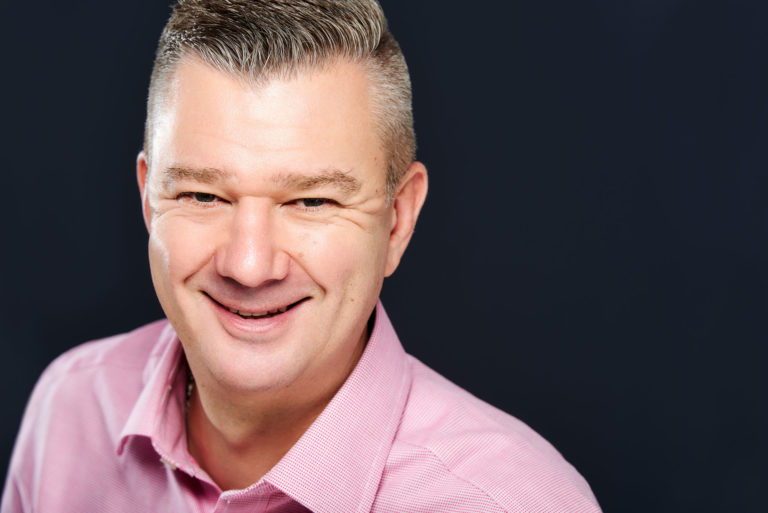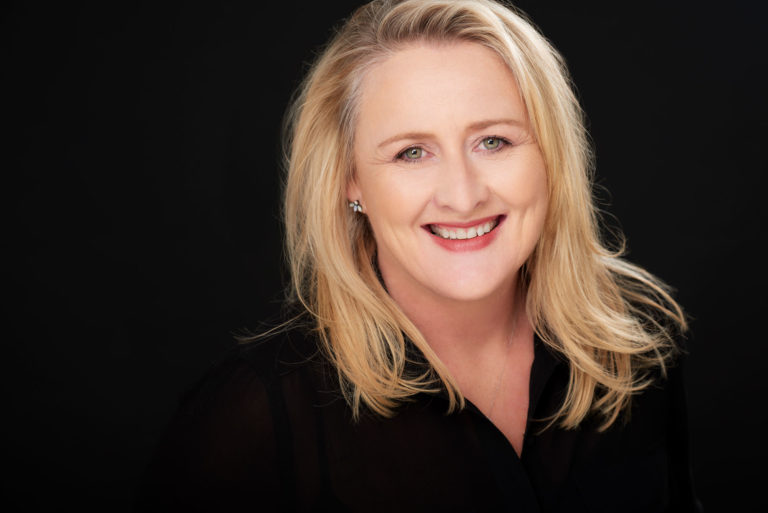Most people who hate having photographs taken don’t like looking at themselves because of what they’ve normally seen in the images shot. Routinely – eyes half-closed, mouth in an awkward position, sitting at a weird angle, the bit of our body that we hate the most seemingly looming larger than life, hands at the worst possible angle, a stiffness, rigidity and formality about it that doesn’t ring true and so on and on and on. We’re talking about headshot fear.
It’s a candid moment of frozen embarrassment doomed to live on in perpetuity. The endless suffering of the permanently disheartened.
When you think about it it’s amazing that in this world of instantaneous photography, so many people still feel just as strongly this deep seated hatred (yes – hatred!) for their own portrait.
Which is the greatest shame.
There is a traditional view, held by some native cultures around the world, that photography steals a little of the soul. But if you don’t believe that what are your reasons for not liking photographs of yourself?
The main reasons we inevitably hear are summed up, “I always look horrible/ terrible/ ugly/ uncomfortable/ overweight/ wrong/ zombie-like/ inhuman/ like a deer-in-headlights every time someone points a camera at me.”
Given that most of us don’t believe this of other people (except where some awful supermarket magazines highlight the disingenuously captured flaws of celebrities) then why do we believe or perceive it to be true of ourselves? Possibly because we’ve been trained to look at flaws first and have slowly built up their headshot fear over many years.
That makes us want to be in control of our image and others perception of it. Easy to do when no images (or evidence) exists.
“Let’s just take a shot here.” Well look around, the lighting is bad, the background messy, you feel underwhelmed, you look exhausted at the end of a long work day.
If I had photographs of myself with mouth half full, eyes half closed, slumped in a seat, with the worst possible artificial lighting coming in at the worst possible angle, photographed with a wide angle lens highlighting the parts of my body I feel bad enough about already, I’d want any copies destroyed. Yet those seem to be exactly the conditions in which too many people are photographed.
Any wonder we blame cameras and photographers for our headshot fear.
Now we have to learn that to get the best results we cannot compromise on the opportunity.
We need to insist on bring photographed on our terms. “I want to look good and I want to feel great about the photographs that will represent me.” And looking good and feeling great gets us part of the way there.
The collaboration between photographer and subject, you, means shooting in a good space, with great (virtually perfect) lighting, and allowing ourselves to become comfortable, relaxed, at ease. It means trusting to the collaboration and engaging in conversation with the photographer. The pay off is big. Finally a set of photographs that much more carefully reflect who we were all along – our face, our features, end up becoming noticeably, positively us!
Every now and then Sarah and I deliberately put ourselves in front of the camera.
And we’re discovering a lot along the way. We both realise how hard it is for the subject when the person behind the camera makes no effort to communicate. Left to our own devices we tend to hold ourselves in terrible positions, we’ve got no idea how the light is falling on us, we don’t know whether we should put face up or down, what our hands should be doing – because feeling good about our bodies positioning doesn’t always translate to a good photograph. We need that positive reinforcement from the photographer that we’re headed in the right direction.
It’s really hard to maintain a look. Sometimes the perfect expressions happen in milliseconds. It is genuinely fleeting. That means the more engagement and the more switched on we are, not necessarily to ourselves, but by the engagement of the photographer, it is more and more likely we will get better shots to which we happily say, “This is me.”
You’ve probably said it to yourself, “I don’t look like those models.” But those models don’t look like that either. They’ve been helped enormously but they’ve also worked hard in their collaborations so that they know, with confidence, that they will look good this way, but not that, with this pose, and this smile, and eyes that look in this direction. Everything is thought about, and rightly so.
You’ve got something the models don’t – your own character, humour, savvy, vision, intellect, warmth, compassion, friendliness. People looking at your profile pictures want a taste of that and have no regard for how you look in the latest clothes (or swimsuits for that matter).
We help you to find your confidence in the photography process, so that you’ll see with certainty, a photograph you’re truly happy with.
One last point. It’s worthwhile remembering the reason for your headshots. It is to create something that positively sells you and helps get you noticed.
And why would that be? You present your confidence (not just with the headshot itself) by the fact that you committed to getting professional photographs. And that’s just another way people pay attention to you. You back yourself!
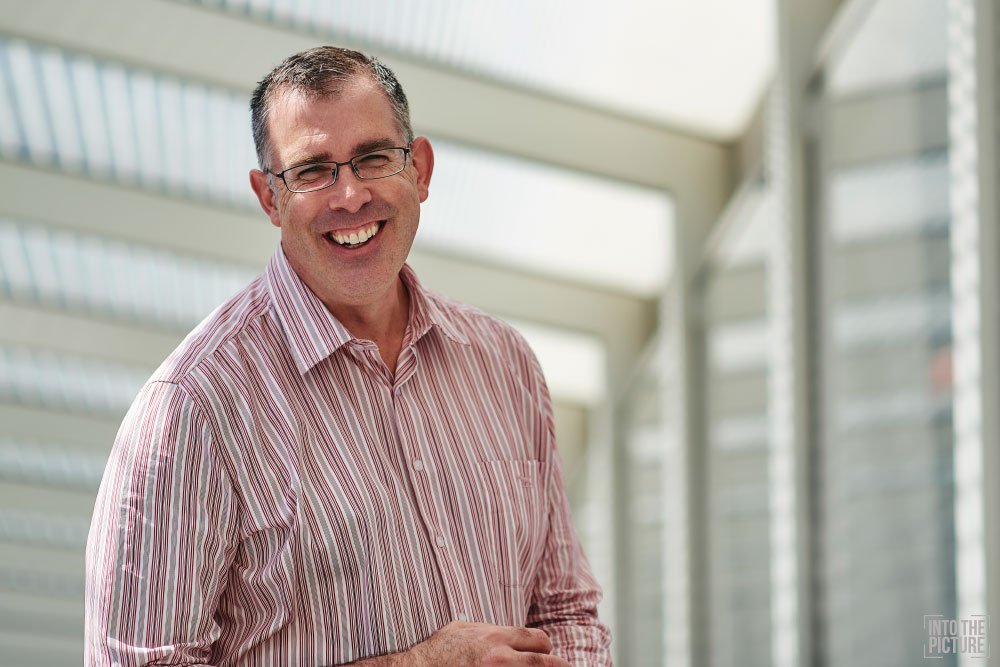
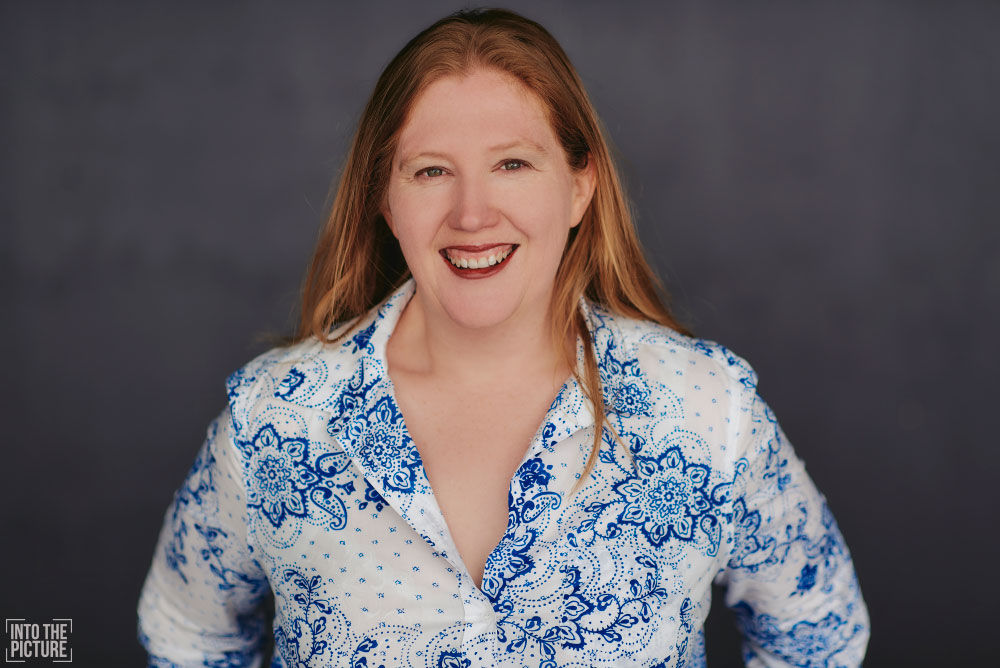
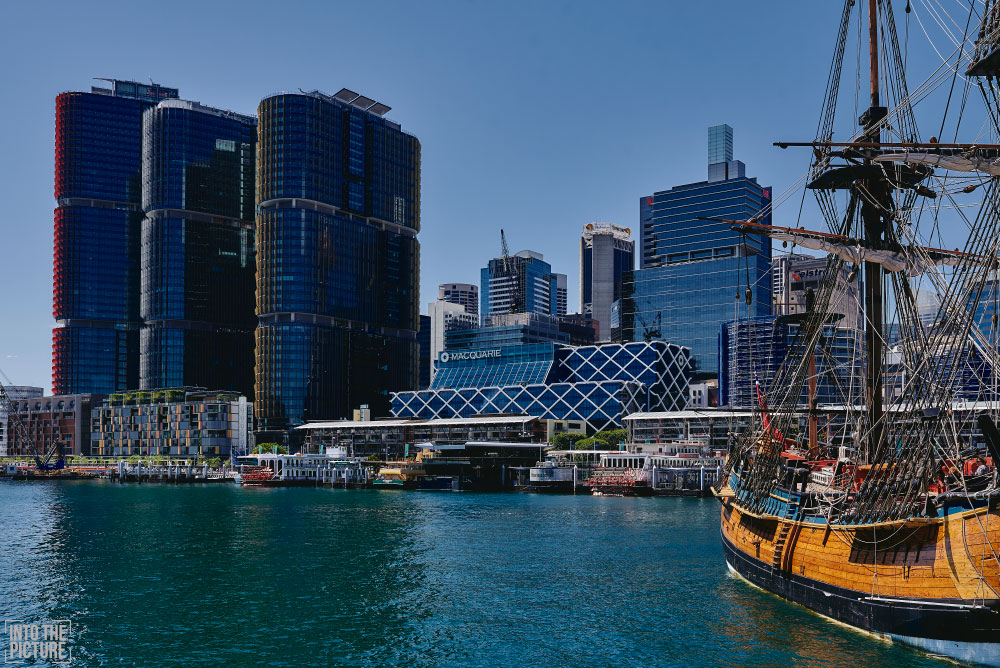
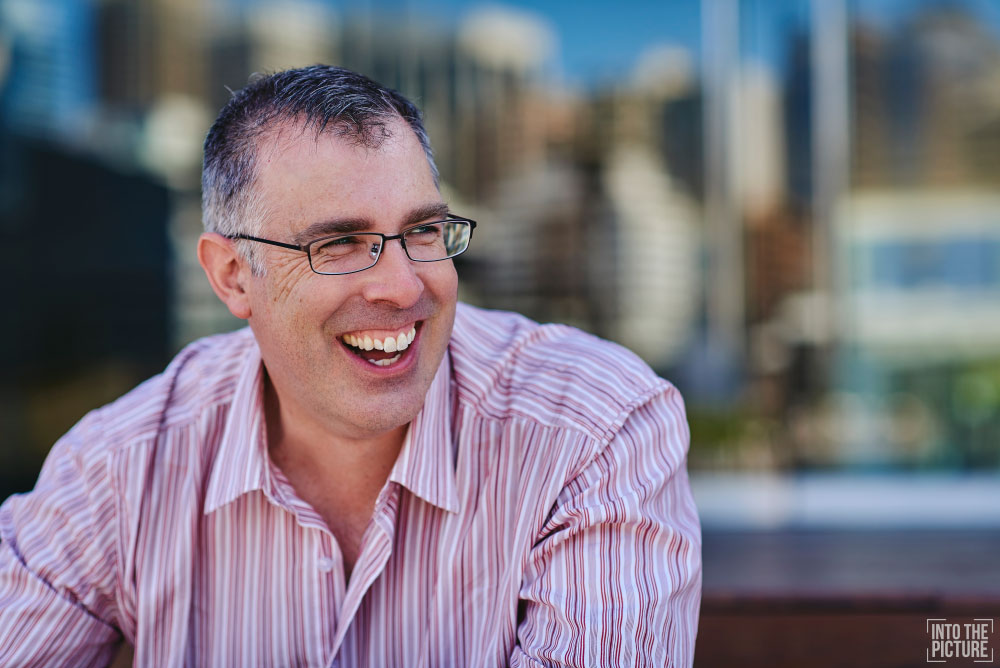
Into The Picture understands businesses. We’re in the business of helping people overcome headshot fear. Call us today for your Studio Headshots.
David
Just a few of the ways you can contact us for your studio headshots session
Facebook
Google+
LinkedIn
Email: info@intothepicture.com.au
Phone: 0411 137 747

